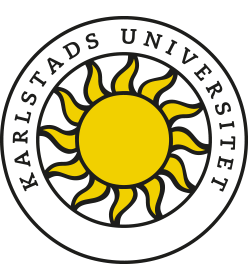The landscapes that Finnish children and adolescents want to conserve
a study of pupils’ drawings in Basic Education
Keywords:
BUILT ENVIRONMENT, DRAWING DEVELOPMENT IN PUPILS, FINNISH PUPILS' DRAWINGS, LANDSCAPE, NATURE, SOCIAL ENVIRONMENTAbstract
A landscape is an experienced environment, which can be perceived by senses and feelings or through cognition processes. The background hypotheses of this study comprise the idea that the landscape which somebody would like to conserve is, in one way or another, important and valuable to her or him. The person undoubtedly has positive experiences and images of this environment. The present study used students’ drawings to analyze their conceptions of the landscape. The conceptions differ both in content and in quality and they are dependent on age and experiences. The aim of this study was to analyze the drawings of a group of Finnish pupils (N=324) in basic education to find out the landscape they would like to conserve and to find out their relation to the environment. Pupils from grades 1-2, 5-6 and 8-9 participated. The results show that the nature landscape was the most common one in all age groups. In the nature landscapes the following issues were usually present: vegetation, especially trees, often also flowers (in girls’ drawings), water elements, the sky and the sun. Furthermore, dominating contents in the nature landscapes were water elements, like creeks, rivers, small lakes, lakes or the sea. Many of the nature drawings contained forest. One third of the landscapes represented a built environment, the so-called cultural landscape, where the nature landscape had been more or less changed by human activity The number of these built landscapes did not vary markedly between the three age groups. The third of the main categories, a landscape where human beings were physically present in the landscapes, was the most infrequent and was relatively most often drawn by pupils in grades 5-6. The boys valued more landscapes modified by human activity compared to the landscapes valued by girls. In conclusion: the landscapes in the drawings of these Finnish pupils in basic education were strongly connected to the nature and this result is in line to the original Finnish definition of the landscape.


